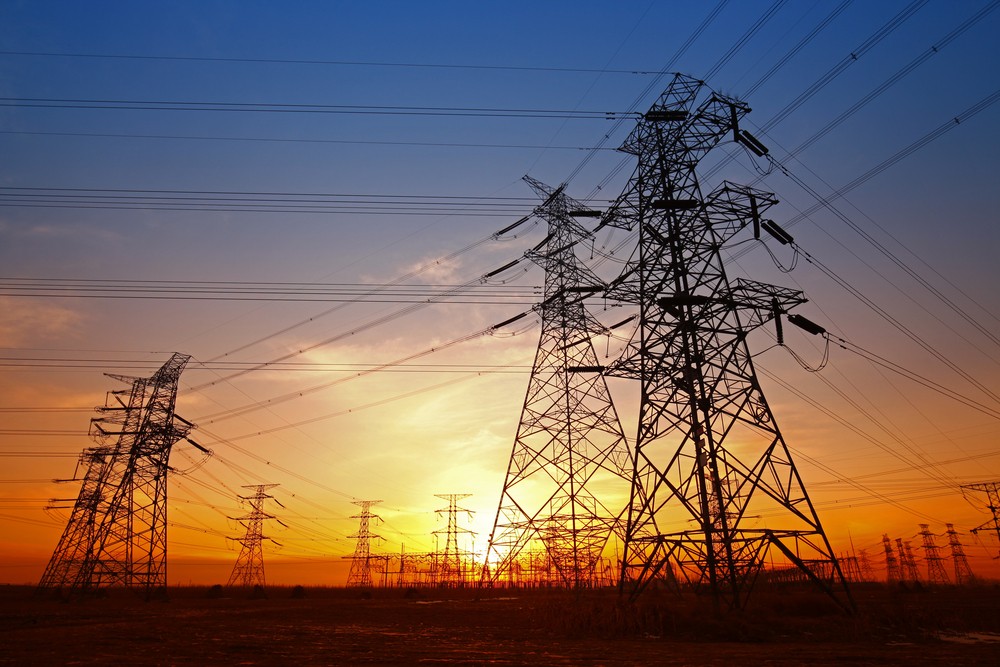Collectively, UK operators have performed so well that they hav0065 fulfilled the final scheme target two years ahead of schedule. However, at individual facility level the picture is more mixed, so the sector is not complacent and will be working harder than ever to build on these improvements in the final stage.
The CCA ends in 2023 but the Department for Business Energy & Industrial Strategy (BEIS) has provided no indication of the form that a successor might take. techUK would like to see a policy tool that drives activity to where it can be performed most efficiently. While the commercial sector is heavily scrutinised, we still need to tackle the lingering problem of distributed IT.
techUK’s calculations, which have now been confirmed by the Environment Agency, suggest that the sector exceeded the scheme requirement of a 13.52 per cent reduction in Power Usage Effectiveness (PUE) by a healthy margin. On current estimates, the improvement is an impressive 16.72 per cent - a significant achievement, also delivering the sector’s fourth and final CCA target (an improvement of 15 per cent by end of 2020) with two years to spare.
While this gives the impression that operators should be home and dry for their final target, the real picture is more complex. Sector CCA results are an aggregation of the outcomes from over 150 participating sites, and while the sector as a whole performed extremely well, individual results are much more mixed, both at target unit[1] level and at facility level. Of 88 target units, 40 passed and 48 failed. Those that failed and did not have surplus carbon from previous periods were obliged to buy out the carbon needed to meet their targets if they wished to remain certified to claim CCL relief. All those that were required to pay a buy-out have done so.
There are several reasons why facilities missed their targets: firstly the diminution in enterprise customers due to Brexit related uncertainty; older sites that were full at the start of the scheme will be disproportionately affected as they struggle to realise the benefit of efficiency improvements which will be eroded by diminishing IT loads. In some cases, IT load is decreasing because of improvements in customer energy stewardship and hardware performance: while this is great news, it does make it harder for infrastructure improvements to keep pace.
The nature of the secure and “always-on” environment also presents difficulties. Firstly, there is a trade-off between efficiency and resilience because a highly resilient site must have redundancy (spare capacity) built in. Moreover, implementing major improvements in sites that must run continuously without compromising service tends to be expensive and risky: unlike a road that can be coned down to one lane or closed overnight a data centre cannot be taken offline. The result is incremental rather than step-change improvements.
Other barriers include customer service level agreements and over-long return on investment. One worrying, and relatively new, issue is the lack of human resources to implement and manage projects: while access to skills has been an ongoing issue for the sector, it has clearly become more acute over the last two years.
Energy consumption and carbon impacts
The CCA provides invaluable data on the energy used by the UK’s commercial data centre sector and the UK is probably the only country where sector energy consumption is measured robustly: elsewhere it tends to be estimated or modelled. Initial calculations indicate that during Target Period 3 the commercial sector consumed 2.89TWh of electricity per year, a slight increase from 2015 and 2016 when the figure was 2.57TWh. This equates to around 0.8 per cent of the 358TWh of electricity generated in 2017[2].
Commercial data centre operators are already very focused on energy efficiency because electricity represents such a large proportion of operating costs. The CCA is a positive influence because it lengthens the horizon for investment. The combination of stick (a challenging target and the obligation to buy out shortfall) – together with carrot (levy concession, which means operators have the money to invest) seems to work well in changing behaviour[3]. This differs from conventional carbon taxes, charges and levies, which tend to deprive operators of the very resource they need to make the changes. However, the CCA does not extend investment horizons far enough to enable operators to implement high capital, longer term improvements.
Nevertheless, the CCA continues to provide a range of benefits to the sector. The requirement to measure and report energy consumption in a robust, consistent and auditable way, including the obligation for all sites to implement sub-metering, has set a much higher standard for energy monitoring. PUE[4] is now being measured more consistently and appropriately. This has improved transparency and has given us a better understanding of the way the sector uses energy. The aggregate figures provide invaluable insight into sector energy demand and have already dispelled several myths about data centre energy use, which has previously been a subject of much poorly informed speculation. In many cases we are also seeing more open customer-supplier dialogue on energy to address the kind of split incentives that have historically occurred in landlord-lessee scenarios. The CCA is the only UK policy instrument that collects site-level energy data sector-by-sector.
Commenting on the results, Andrew Jay, Chairman, UK Council of Data Centre Operators said:
“Despite ongoing Brexit-related uncertainty, which presents both strategic and operational difficulties for our businesses, the UK data centre industry has risen to the challenge. I am delighted that the sector has successfully navigated three of its four efficiency milestones and now looks sets to achieve its final target at the end of next year.
“Target three was particularly challenging for operators and so it is especially pleasing that they made the necessary efficiency gains to meet it. It is clear that the scheme continues to improve energy stewardship whilst protecting jobs and growth.”




